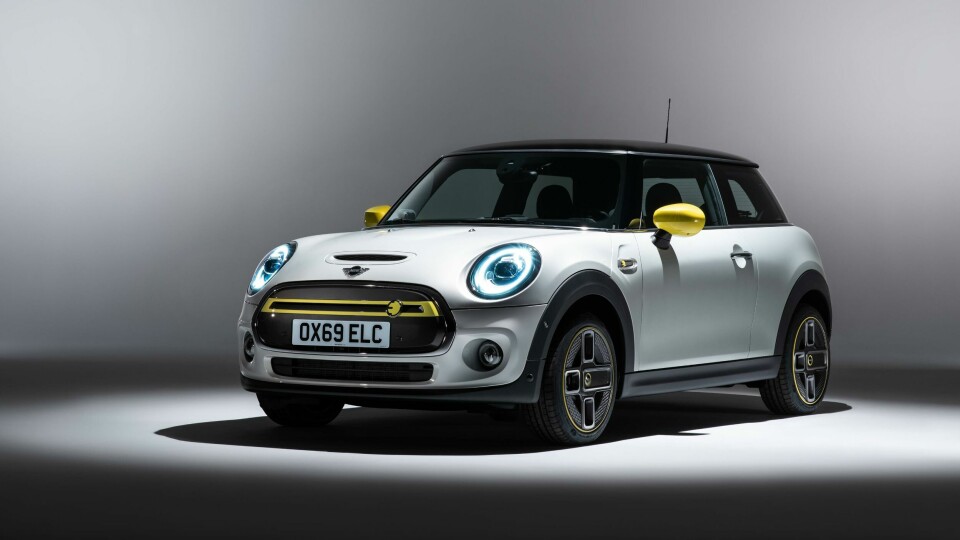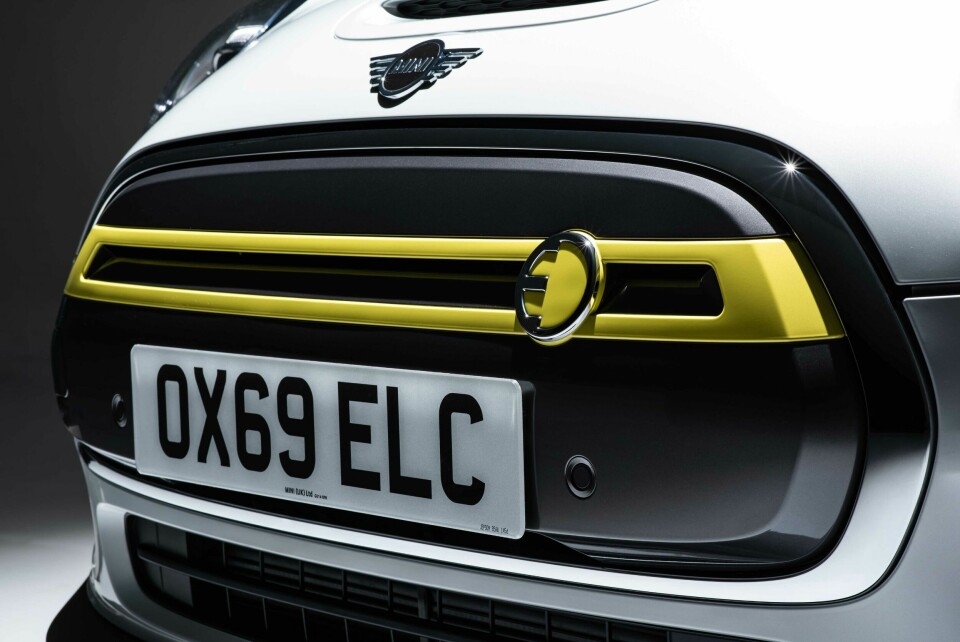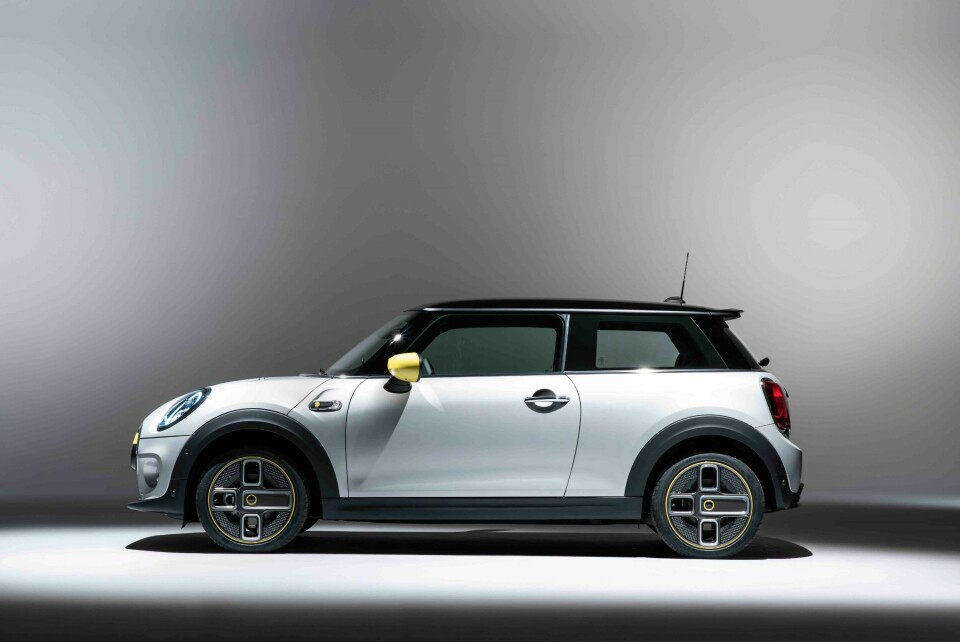
Mini Electric breaks cover (and keeps it simple)
Mini’s first-ever production EV finally received its global unveil to select media this week (including Car Design News) to reveal a clean design and clear product positioning
The design of the Mini Electric – the company’s first full production EV – is a simple design adaptation of the Cooper S three-door that supplants the latter’s petrol engine with a 184hp electric motor powered by a 32.6 kWh battery good for 124 miles. With such a ‘small-is-good’ approach to battery size no compromises to the interior package or exterior proportions were required (occupant and boot space are identical) and indicates that Mini is happy to go down the same route as the Honda e in seeking customers who are largely urban-based or suburban second-car users where a shorter-range is perfectly acceptable, and indeed, regular reality.

Design-wise, beyond the subtle EV plug logo badging, the Electric is differentiated by a closed-off front grille, smartly bespoke and slightly more aero wheels, contrast-coloured wing mirrors plus a new slim 5.5in digital driver display inside the cabin to replace the regular’s Mini’s currently analogue and more bulky one. Charging via the regular fuel filler cap location takes 35 minutes to 80% from currently scarce 50kW fast DC chargers, but due to the smaller 32.6kWh battery and range, 0-100% can be achieved with a more typical 11kW charger in 3.5 hours.

The electric motor – which allows the Mini Electric to sprint to 62mph in 7.3 seconds like the petrol Cooper S and on to a 93mph top speed – is housed upfront and powers the front wheels while the T-shaped battery pack is located low-down with the T’s ‘crossbar’ below the rear seats. The lower weight of the small battery versus a bigger range version – at 1365kg the Electric is only 145kg more than a petrol Cooper S automatic – is also a handling asset according to the brand’s PR: “With a centre of gravity at least 30 millimetres lower than in the Mini Cooper S and the reduced weight over the front wheels thanks to the electric motor, close to perfect weight distribution helps the Mini Electric achieve exceptional driving dynamics.”
Whether you buy into that (logical) notion or not, the smaller battery certainly makes the car cheaper to produce and has allowed Mini to match the price of equivalent performance combustion-engined versions. This could be an important factor in its success given that high prices are still a consistent barrier to entry for many would-be EV purchasers. UK prices were confirmed at Mini’s Oxford plant unveil, where the car will be made, starting from £24,400 and rising to £30,400 (including UK Government grant).

As to be expected in such an uncertain business environment, Mini was coy on predicted sales, but did say 20,000 registrations of interest had been made. We understand the brand is hoping to sell about 4000 units a year in the UK alone, more than the Convertible, close to the Clubman’s circa 5000 units and which could represent a sixth of all three-door hatch Mini models sold in the UK in time. As the model will be sent down the same manufacturing line as its internal combustion engined counterparts there is flexibility to increase production too. I.e. this is not a tokenistic eco move.
Pre-orders can be placed now with an online configurator ready in October 2019 and deliveries next March 2020. It all chimes neatly with what Mini’s head of design, Oliver Heilmer, said recently to Car Design News about the future of the brand: “From a short-term perspective I can’t wait for the electric Mini. Technology, combined with that character and size of car is unique. My aim for the future in terms of design, is to do things that are purposeful, authentic and easy to understand. That’s what I strongly believe should be, has to be, the future.”













